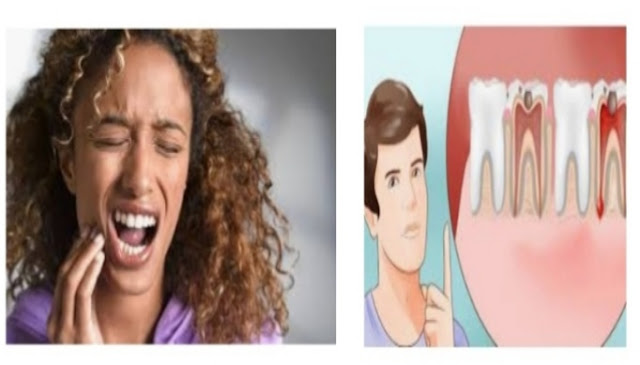Toothache:
We are all familiar with the term toothache. A toothache is a pain that happens in or around a tooth. The pain originates from within a tooth or the encircling gum and bone structures. Toothache is an unpleasant emotional experience. The pain starts when it comes in contact with a stimulant and then spreads through the central nervous system. It is more or less uncomfortable, a sensation of misery and suffering. In many ways, this pain can be felt. In individuals it can range from mild to severe pain, resulting in severe pain around the jaw, including the teeth, commonly known as a throbbing pain.
Causes of toothache:
There are many causes of toothache, such as:
- Pain due to cavities in the teeth
- Trauma
- Tooth enamel decay
- Eruption or removal of a tooth such as wisdom teeth
- Tooth abscess
- Tooth decay
- Infection
- Tooth sensitivity
- Tooth fracture
- Jaw joint disorder
- Filling damage
- Gums Disease etc.
Symptoms of toothache:
- Severe pain in teeth or jaw.
- Loosening of teeth.
- Redness, swelling or bleeding gums.
- Fever and headache.
- Swelling around the teeth.
- Sharp, throbbing and constant pain.
- Ear pain.
- Swelling of the larynx.
- Severe toothache - often during chewing or sucking.
- Bad breath or a bad taste in the mouth - a sign of severe tooth decay or abscess.
Prevention of toothache:
It is possible to prevent toothache by reducing the incidence of dental caries, pulp, periodontal disease, etc. and following the following tips:
- Limit the amount of sucrose (sugar) in the daily diet.
- Maintain a healthy diet.
- Brush teeth twice a day and keep the space between the two teeth clean.
- Using antibacterial mouthwash like chlorhexidine.
- Avoid eating hard, acidic and cold food before going to bed.
- Clean teeth by a dentist at least twice a year.
- Using fluoride-containing toothpaste and gel.
- Tooth trauma can also be significantly reduced through the use of mouthguards in interactive sports.
- Eating spicy food.
- Avoid smoking.
- Chew food well before swallowing. Using sugar-free chewing gum. Smooth the surface of the teeth.
- Fill all cavities.
Treatment of toothache:
The treatment of dental pain depends on the diagnosis of the cause of the pain. Once the cause of the toothache is known, the dentist follows these procedures:
Pus: If there is a problem with pus, the dentist will remove the pus and juice.
Capping the pulp directly: A solution of calcium is usually applied for relaxation to restore the pulp. Usually, iodoform calcium paste is used for this purpose
Root canal treatment: This is a very common and well-known method. In the root canal treatment or RCT method, the damaged and infected pulp is removed and the gutta-percher cone is inserted into the hole of the pulp. Once the hole is filled, a cap is put on it. This is currently the best way to keep teeth alive and dentists are using this method.
Teeth removal: Teeth removal is the least preferred treatment. According to dentists, you should consider removing your teeth only if all the treatments to save your teeth have failed.
Medications: If the toothache does not go away, then painkillers are given. Such as diclofenac sodium, ibuprofen, etc. and in some cases antibiotics such as amoxicillin and augmentin.
Surgical treatment: In some cases, gingivectomy and gingivoplasty, flap surgery and graft placement are required.





0 Comments